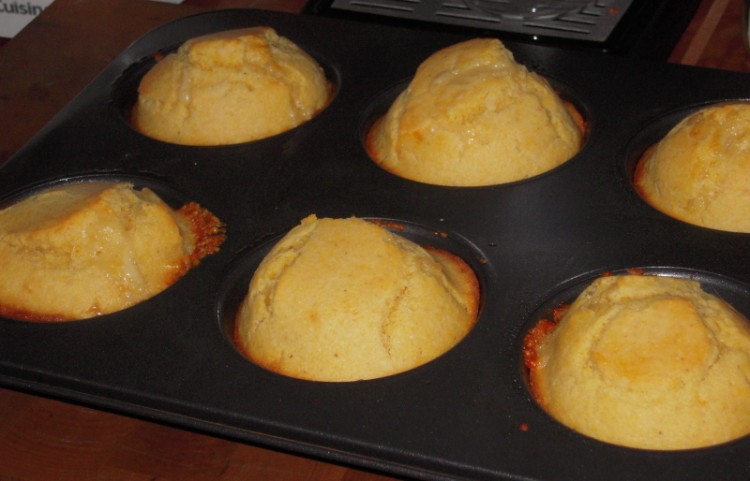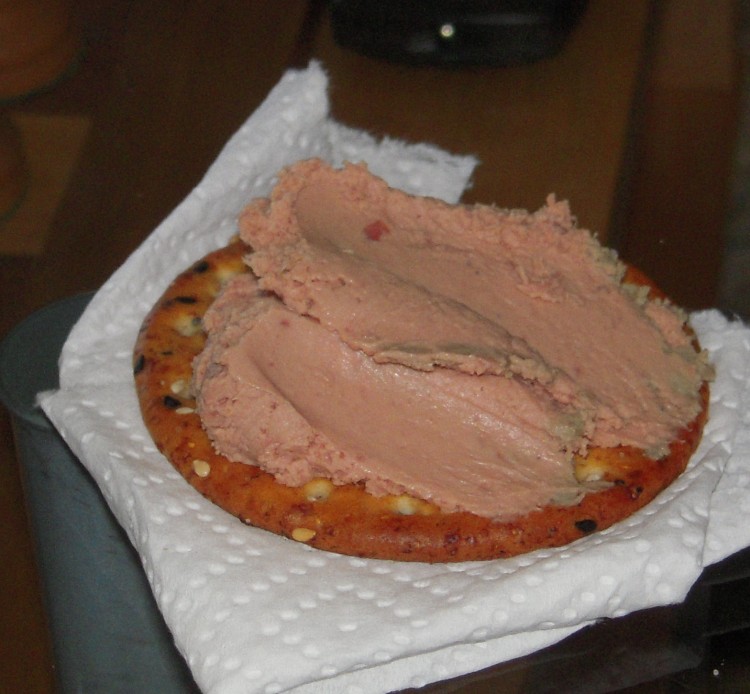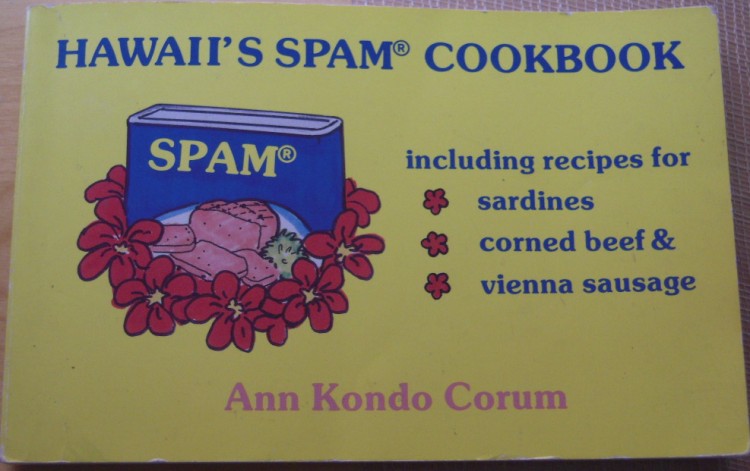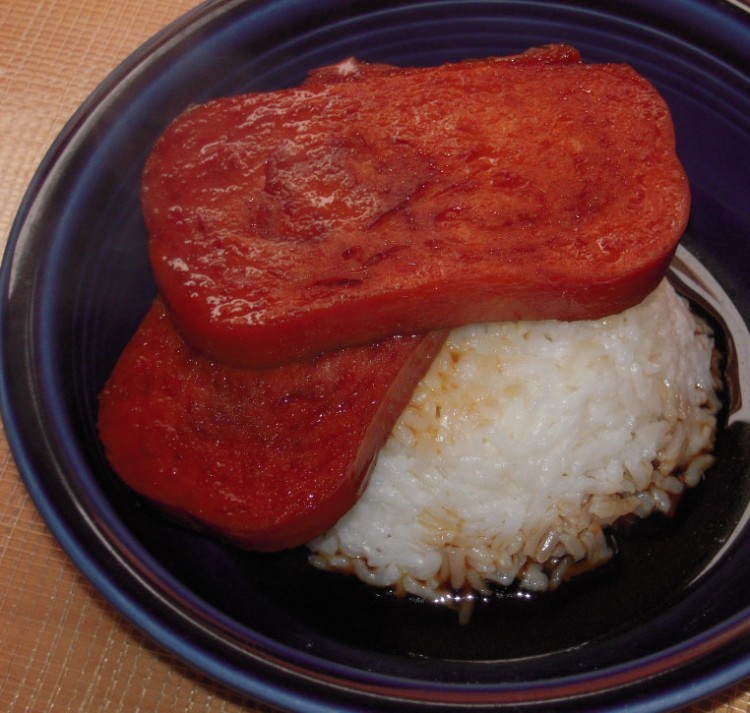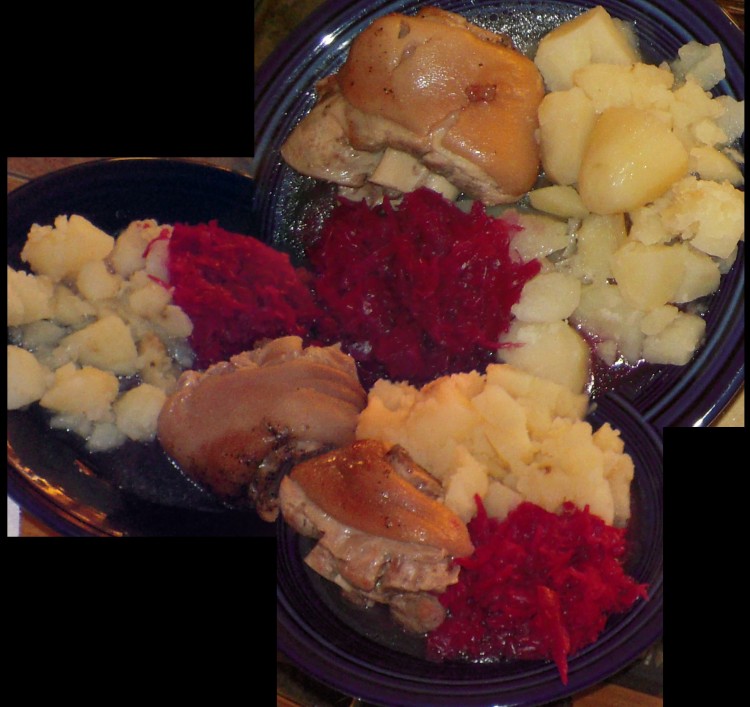
A panorama of Eisbein
Being no stranger to all edible parts of an animal and coming from German farm stock via my maternal grandmother, I like to make Eisbein (pork hocks) once every couple of years.
There are many recipes for this traditional German dish – called Schweinehaxe in Bavaria, BTW. I’ve had them braised (which is how my family does it), roasted, and first boiled and then roasted. If you roast them you’ll get a crispy skin, which yields a more visually-pleasing result, but I don’t care much about that. I only care about what I want to have on that day – what kind of texture I crave. Speaking of texture, Eisbein is not for everyone because you are dealing with lots of skin, fat and connective tissue. Saturated fat content aside, if you never developed an affinity for these textures, then stay away. If you are the kind of person who cuts every tiny piece of fat and gristle off a steak, stay away. If your squeamishness is limited to wobbly skin, then find a good recipe that involves roasting. On the flip-side, if you love Shanghai-style dishes that involve pork belly, you should like this dish, though it has a more limited flavor profile. If you like oxtails, then no problem.
Family-style Eisbein
8 1-lb fresh pork hocks (these can come in sizes from small to humongous; clearly you’ll need to decide how many you need, but they make great leftovers, and I like to use a heavy-guage dutch oven, so I use enough hocks to prevent them from swimming in too much liquid )
1 gallon cold water (approximately – you need to cover the hocks to brine them)
3 T. kosher salt
1 t. black pepper
2 T. white vinegar
2 bay leaves
Water to cover
1) Place the 1 gallon of water in a tall plastic container with 2 T. of the salt to create a brine; add hocks and cover
2) Place in refrigerator and allow to brine overnight
3) Drain hocks and place in dutch oven with remaining salt, pepper, vinegar and bay leaves
4) Add water so that hocks are 4/5 covered
5) Bring to boil and them simmer for about two hours – checking every now and then to see how they are doing, and to turn them over, if needed, without losing the skin, which may stick to the pot! If you have 1-lb hocks, they should be done. Pierce with a sharp knife; you’ll want them nice and tender but not mushy. Large hocks will need to continue to simmer.
6) Remove (carefully) with tongs and serve
Traditionally, this is served with boiled potatoes and sauerkraut*, but I had red cabbage on hand the day I made the ones in the photo, and this works well, too.
*Sauerkraut cannot be served right out of the can or jar! If you want to make it the traditional way, then you need to rinse it well several times and cook it down with some peeled, grated potatoes. Grate them right into the sauerkraut — you want the potato water, as well. Use one average-sized potato for each quart of kraut and about a cup of water. Cook it down until it’s a little gummy (which means the potatoes have cooked and released their starch). Note that “real” sauerkraut is fermented using salt, and is the one German cooks still use. Vinegar, used to quick-brine most commercially-produced sauerkraut in the US, results in an undesirable flavor and must be gotten rid of to the extent possible.
Final note: If you wish to be frugal, mix unused cooking juices with a little white vinegar, pour into a plastic container over diced hock leftovers mixed with chopped pickles (you can even add some diced egg), via a cheese cloth-lined strainer, cool, cover and then place in fridge. Next day, peel off the fat and you’ll have some nice headcheese. This is why I don’t want an overabundance of cooking liquid, which would dilute the gelatin from the hocks.




